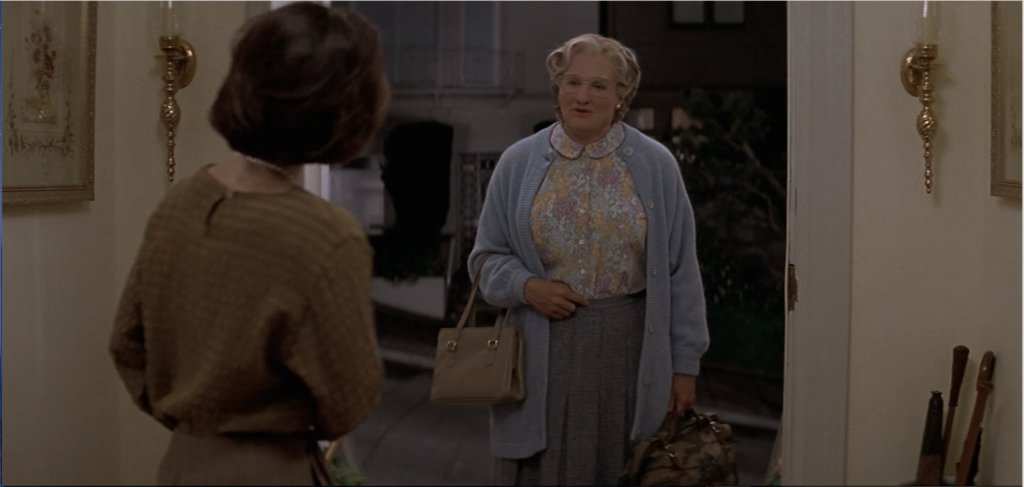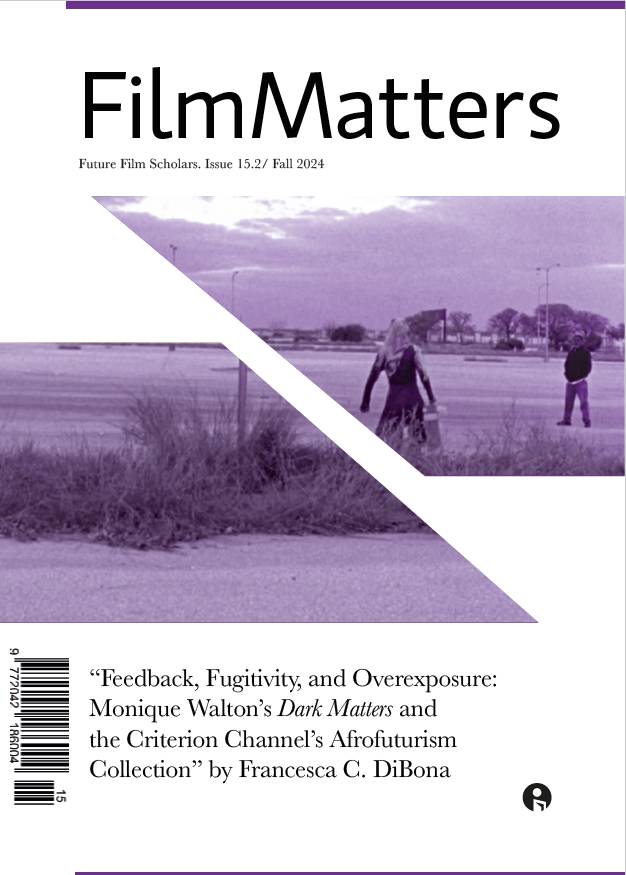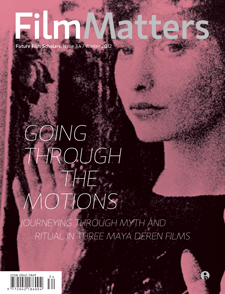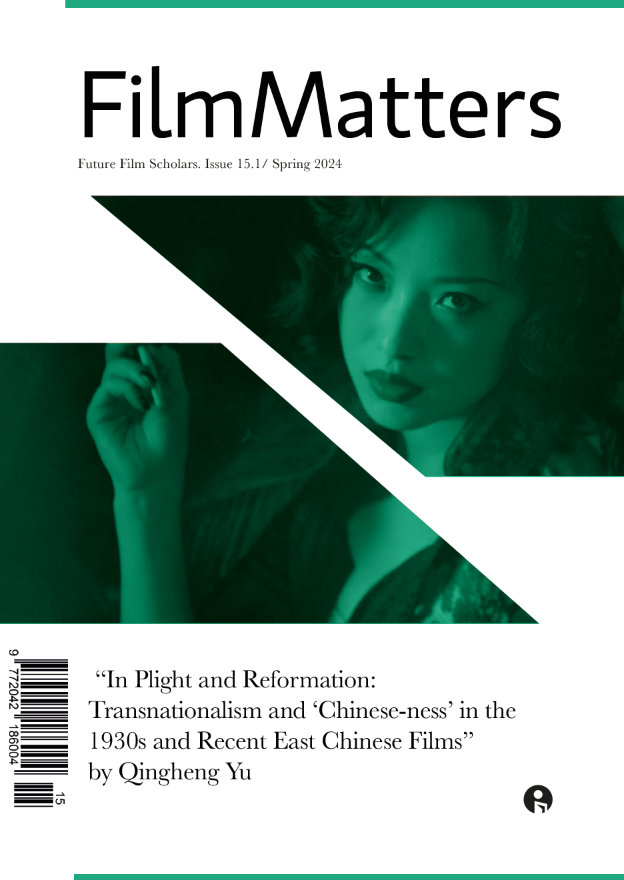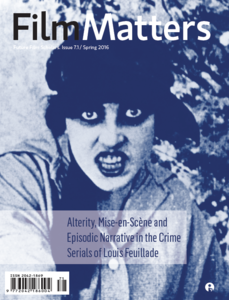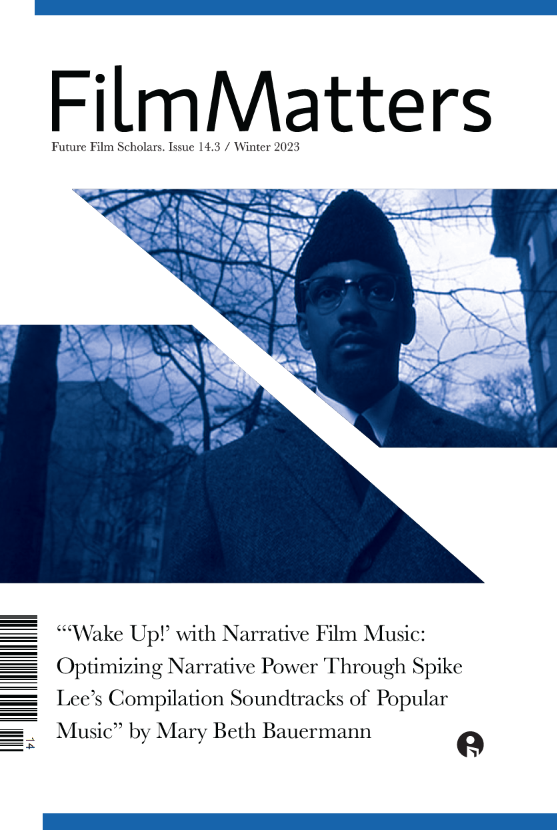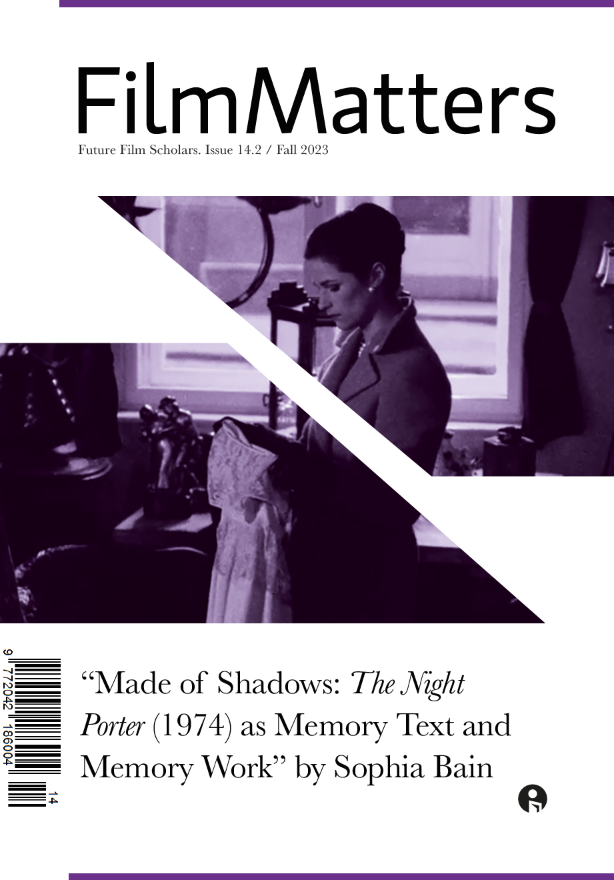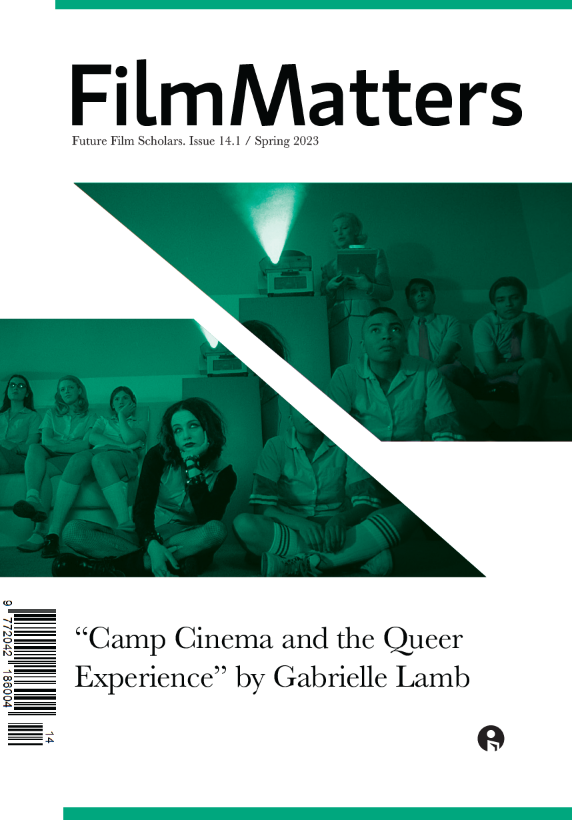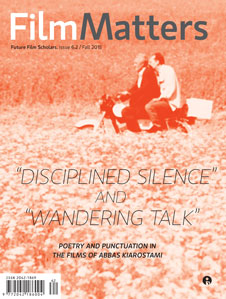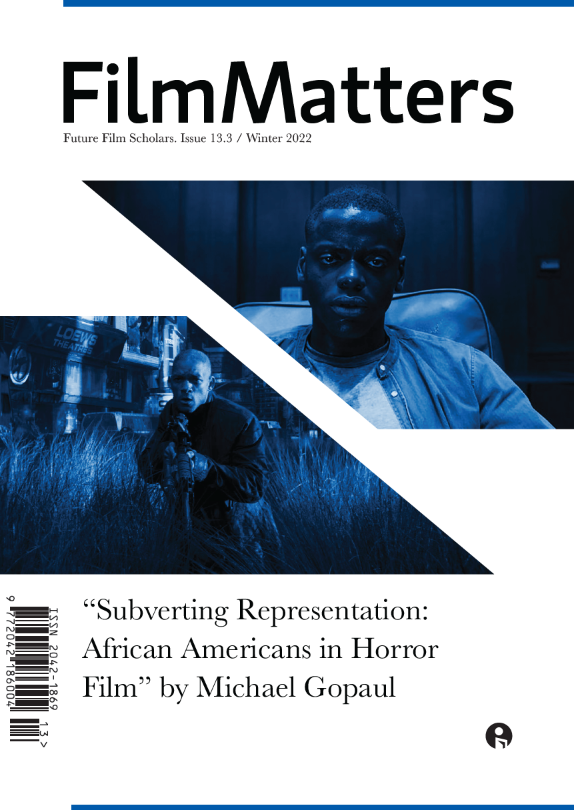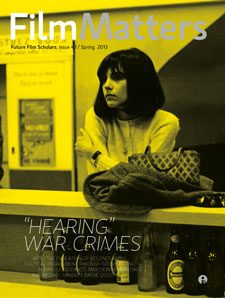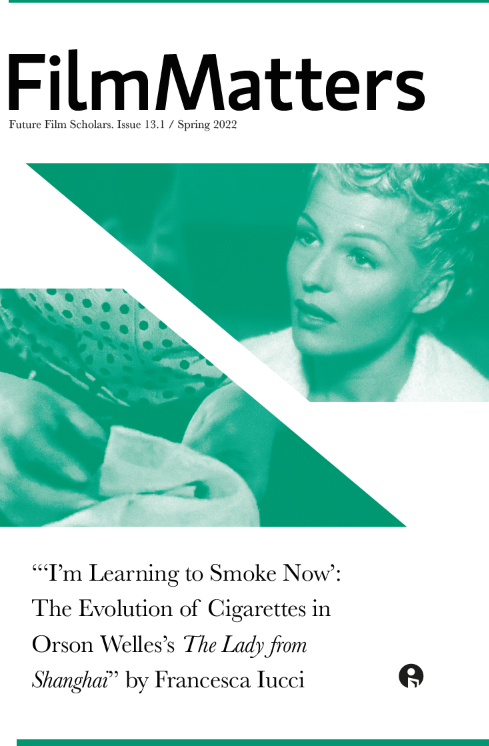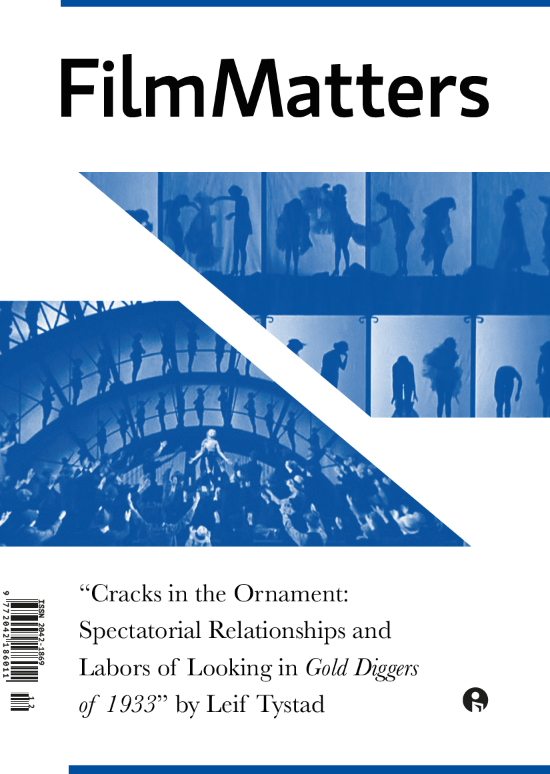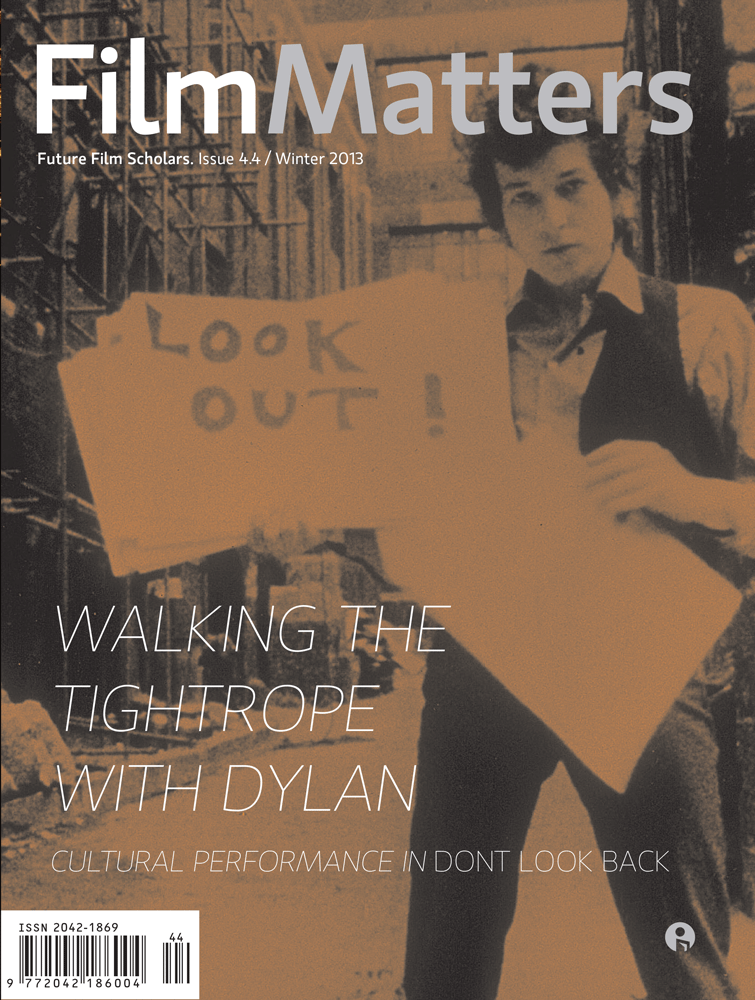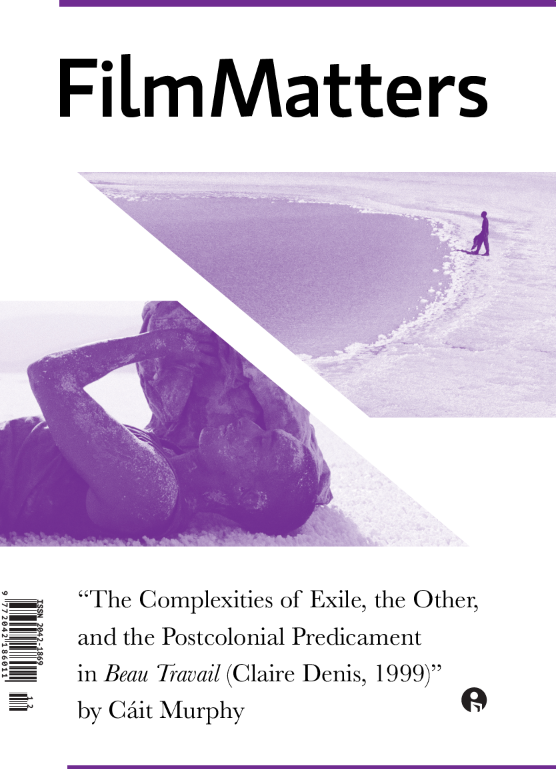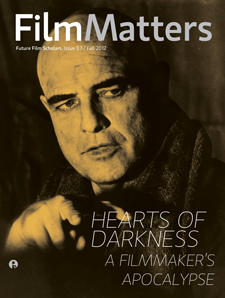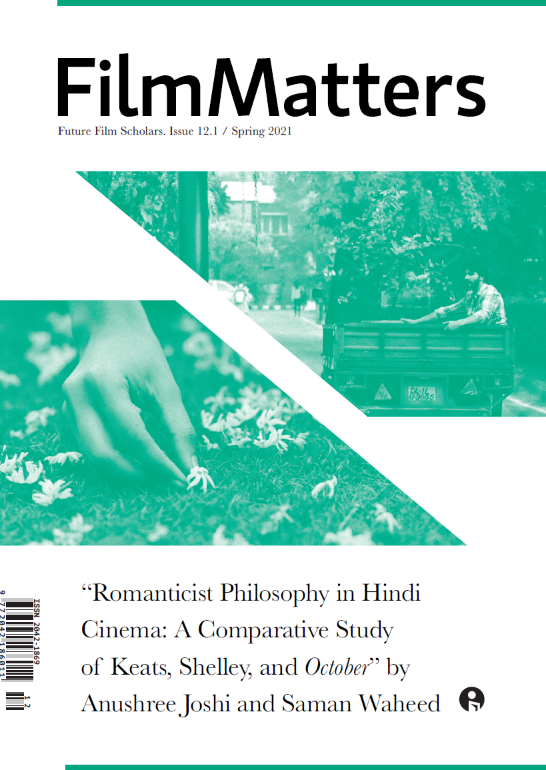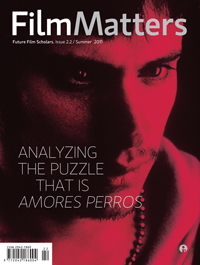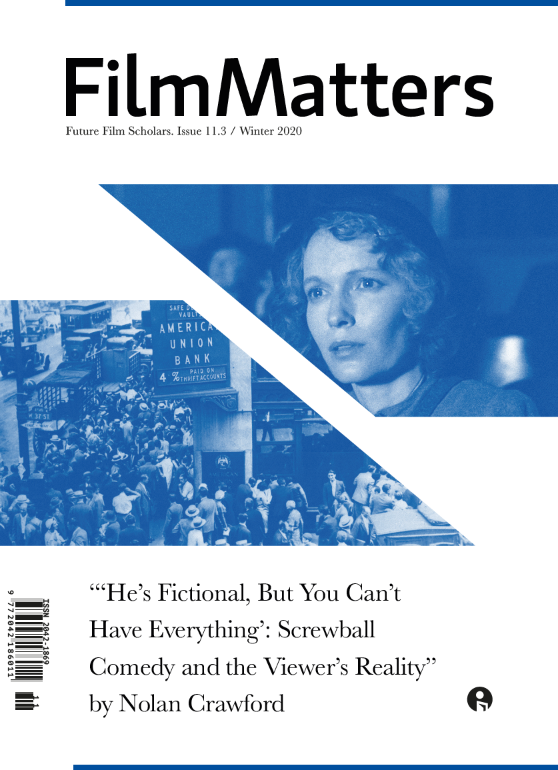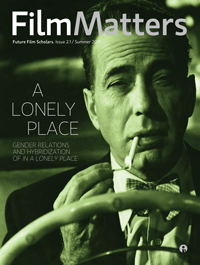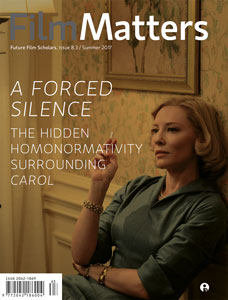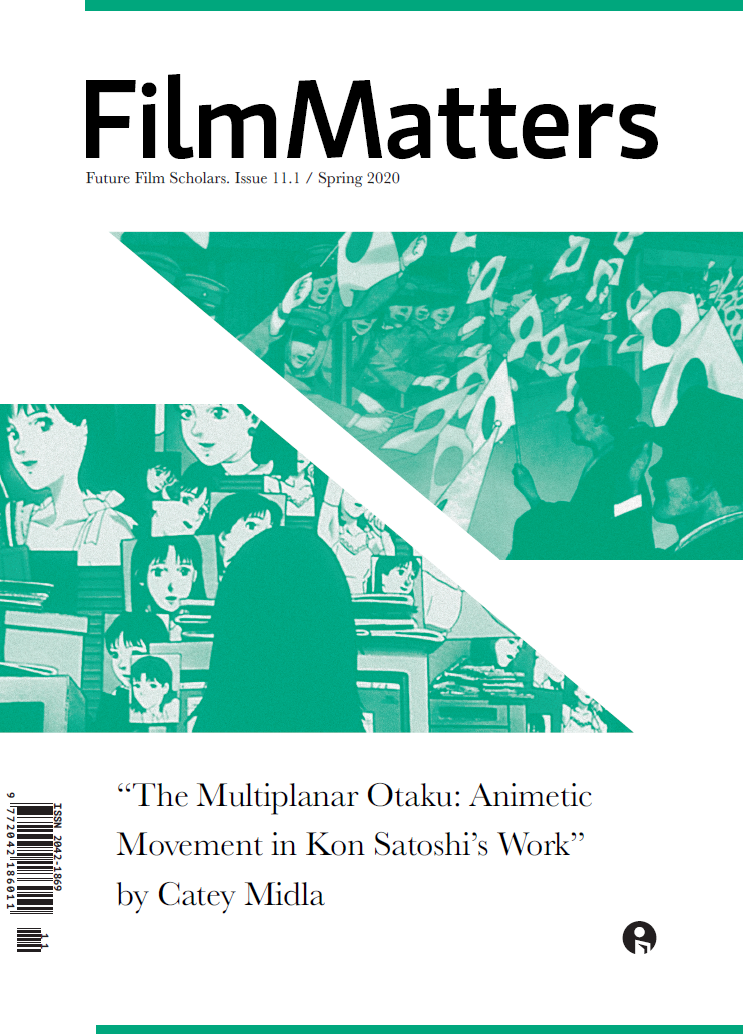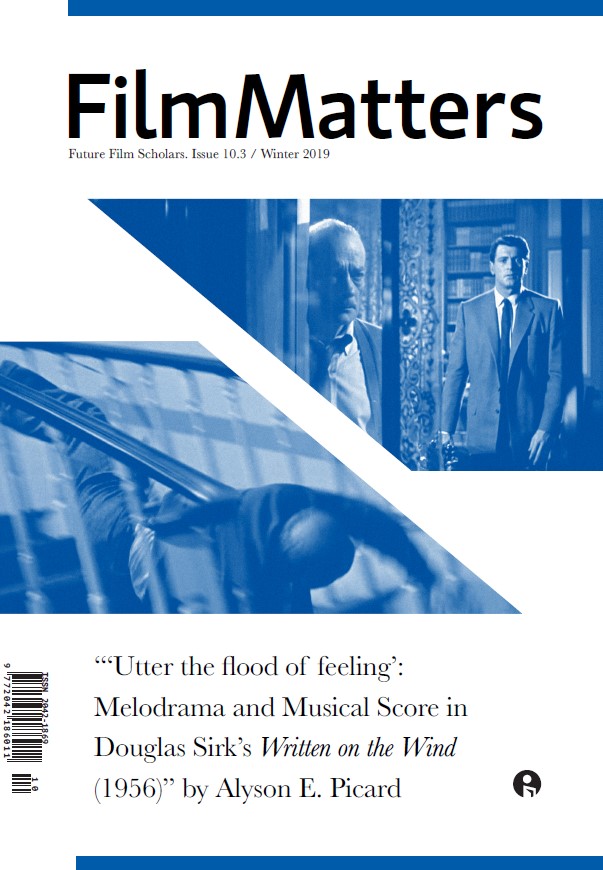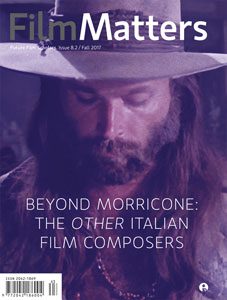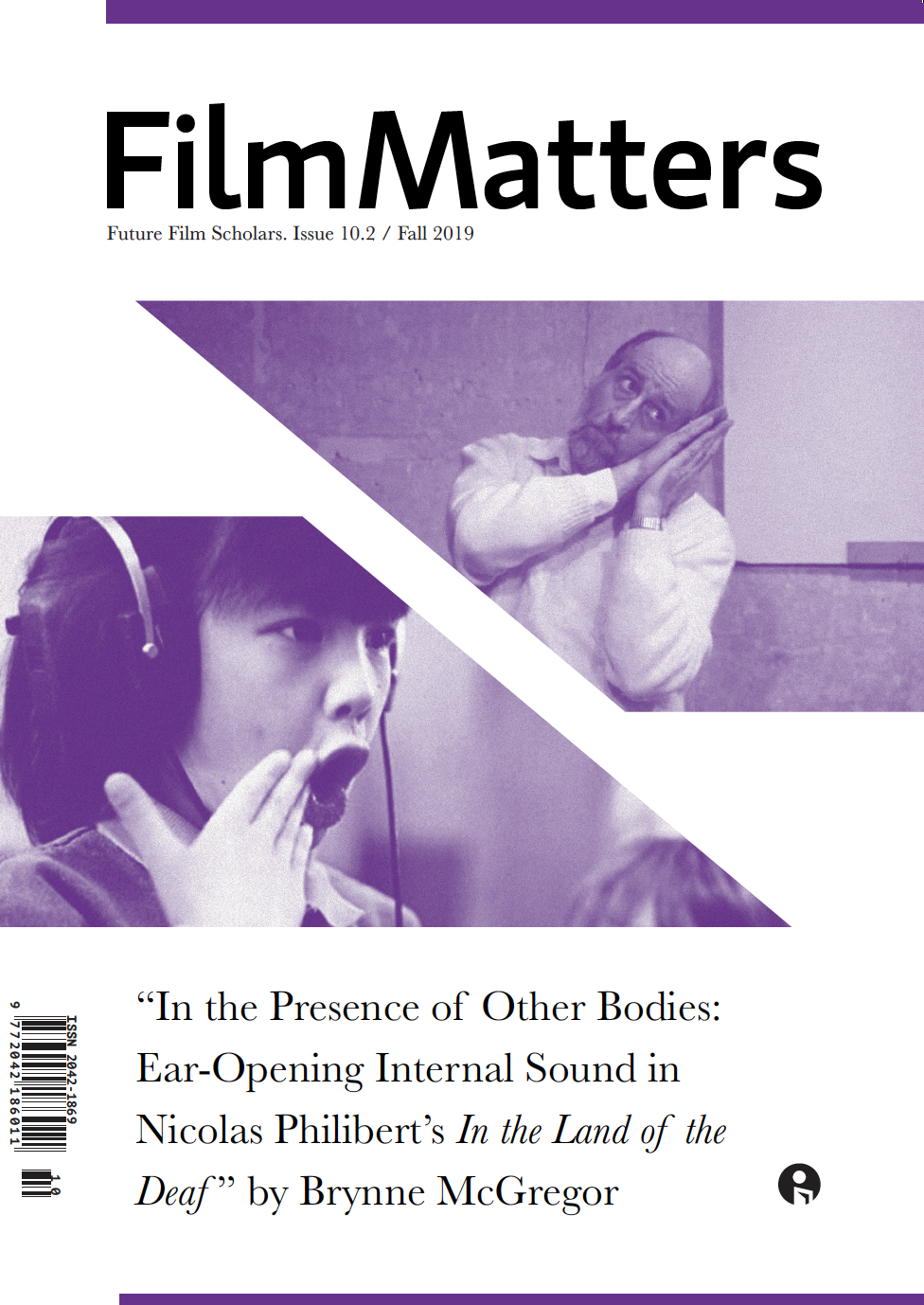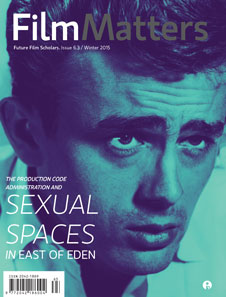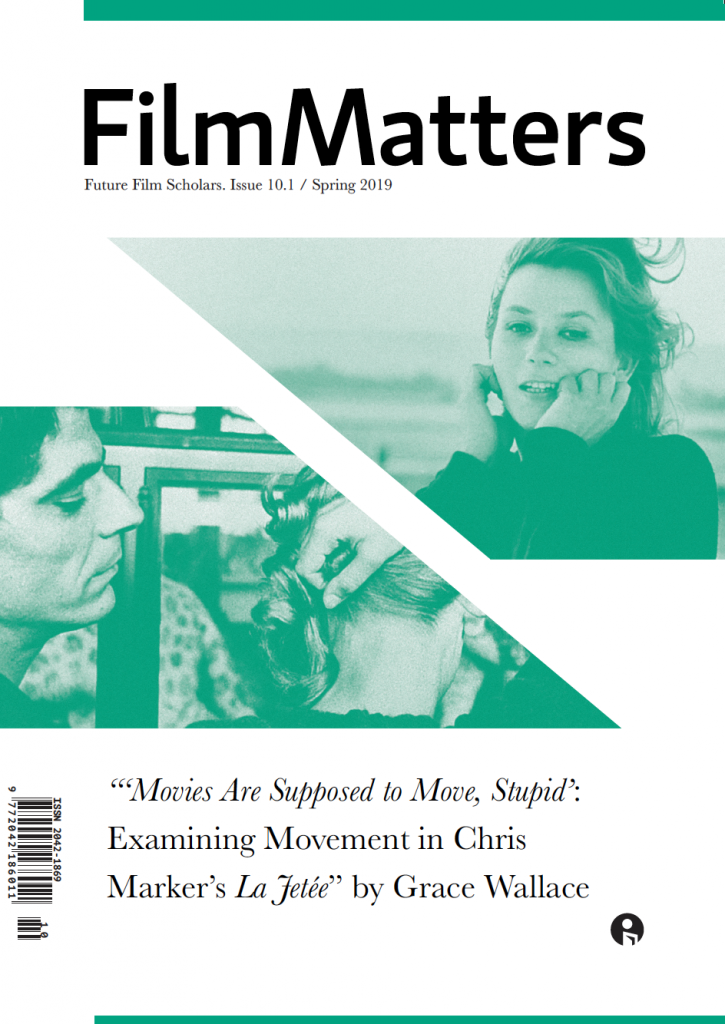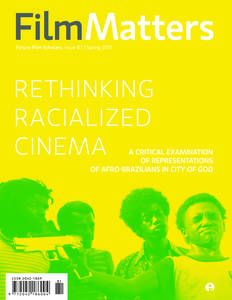
If you’re reading this statement, you likely agree that film, indeed, matters. As we assume our new responsibilities as Film Matters online editorial board during these months of global pandemic and political unrest, we have reflected deeply on how, why, and to what end film matters to us as a collective; and we appreciate the privilege of our role as editors, with capacity to feature undergraduate voices that synthesize, challenge, complicate, and clarify the changing ways that films (and all moving image media) matter in our world. These months have incited fear and anxiety, passion and concern, in all of us. We think about the future; and we envision this online journal as a chance to shape and make it. We imagine this virtual space as a site that might give rise to hope—for us and for you—as we conceive of writing and film as directly linked to the deriving of meaning and hope. We write to articulate our collaborative mission and to give shape to what we feel called to do and make.
In Film Comment, Devika Girish writes beautifully about Kirsten Johnson’s Cameraperson as “a reminder that to write about movies is to write about our encounters with them—to not just contemplate the sky and its bursts of lightning but also to tell the story of one’s gasps and sneezes, even if they end up on the floor of history’s editing room.” We envision Film Matters online as an opportunity to collect and foreground these “encounters.” Toward that end, we welcome submissions from undergraduate students and recent alumni that convey responsibility for not only the ideas therein but also for the forms that this work might take (whether film criticism, scholarship, personal/lyric essays, videographic criticism, and digital storytelling). In other words, we want to publish work that has a real purpose for being, that feels not obligatory and staid but rather bold, engaging, and gratifying for everyone involved. We want to publish pieces that aim to connect with people in the world beyond the screen. We hope to publish pieces that exhibit a sense of how others have written about film (historically, critically, theoretically) alongside a fresh and original voice, such that the writer balances context with vision.
We seek work that resembles what Girish Shambu describes as a “new cinephilia” (Film Quarterly): we want “to multiply a diversity of voices and subjectivities, and a plethora of narratives about cinephilic life and experience.” Shambu’s “new cinephilia” moves beyond “predominantly aesthetic” concerns toward a “deep curiosity about the world and a critical engagement with it.” We agree wholeheartedly that film “teaches us about the human and nonhuman world in new and powerful ways” and aim to produce, solicit, and publish writing that “radiates outward, powered by a spirit of inquiry and a will to social and planetary change.” Shambu closes his manifesto with a call for “a cinephilia that is fully in contact with its present, global moment—that accompanies it, that moves and travels with it.” We share this call, and we hope both to consider what this might look like within our undergraduate community (are there shared concerns unique to us? Can film help us to articulate the nature of our hope and unrest?) and also how we, as students the world around, might be poised uniquely to give voice to—and thereby make shareable—our aspirations and fears as a generation. We are especially interested in publishing experiences and interactions with cinema in our current climate, as shaped by COVID-19, the US presidential election, Black Lives Matter, and calls for and insecurities about social justice the world around.
In addition to working with writers and contributing reviews/essays (as appropriate), we will create a regular column about what we’re watching now, brief essays that address whatever combination of escapism and immersion, of challenge and relief, works for us in a given week; we would love for these columns to inspire our readers to join us in experiencing these media forms. In coming weeks, look for our coverage of Hendrix College’s Windgate Museum of Art’s Let Us March On, a virtual and local exhibit about Black Lives Matter. In our own work and in that which we read, we seek perpetually to privilege approaches that transform and open films (and moving image media) more than approaches that delimit and shut down thinking. Whether revisiting canonical films with a fresh perspective or championing new films, whether pointing out privilege or arguing for its undoing, whether celebrating joyous film experiences or bemoaning the opposite, whether describing iPhone screenings or theatrical exhibitions: we hope to read work that shapes the future, that imagines—as a way toward realizing—what all of us together, at our best, can become.


